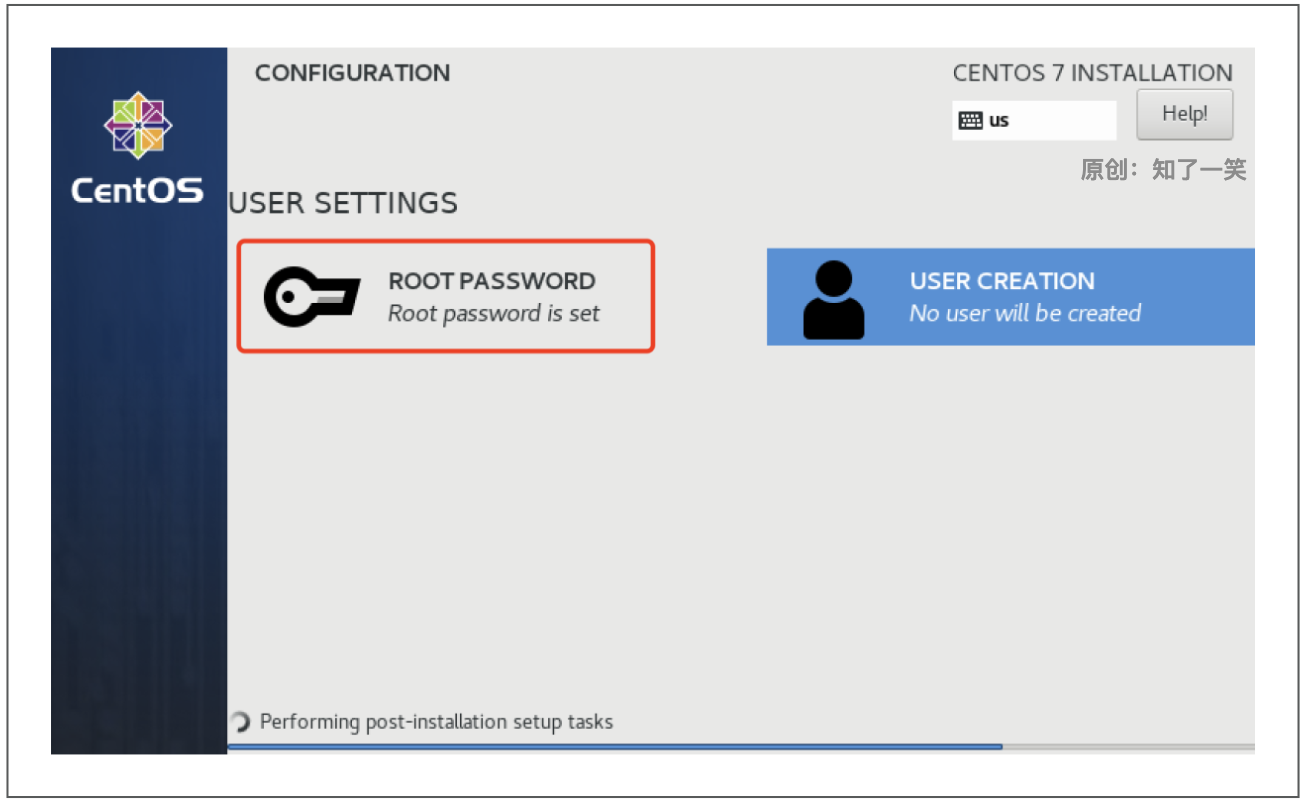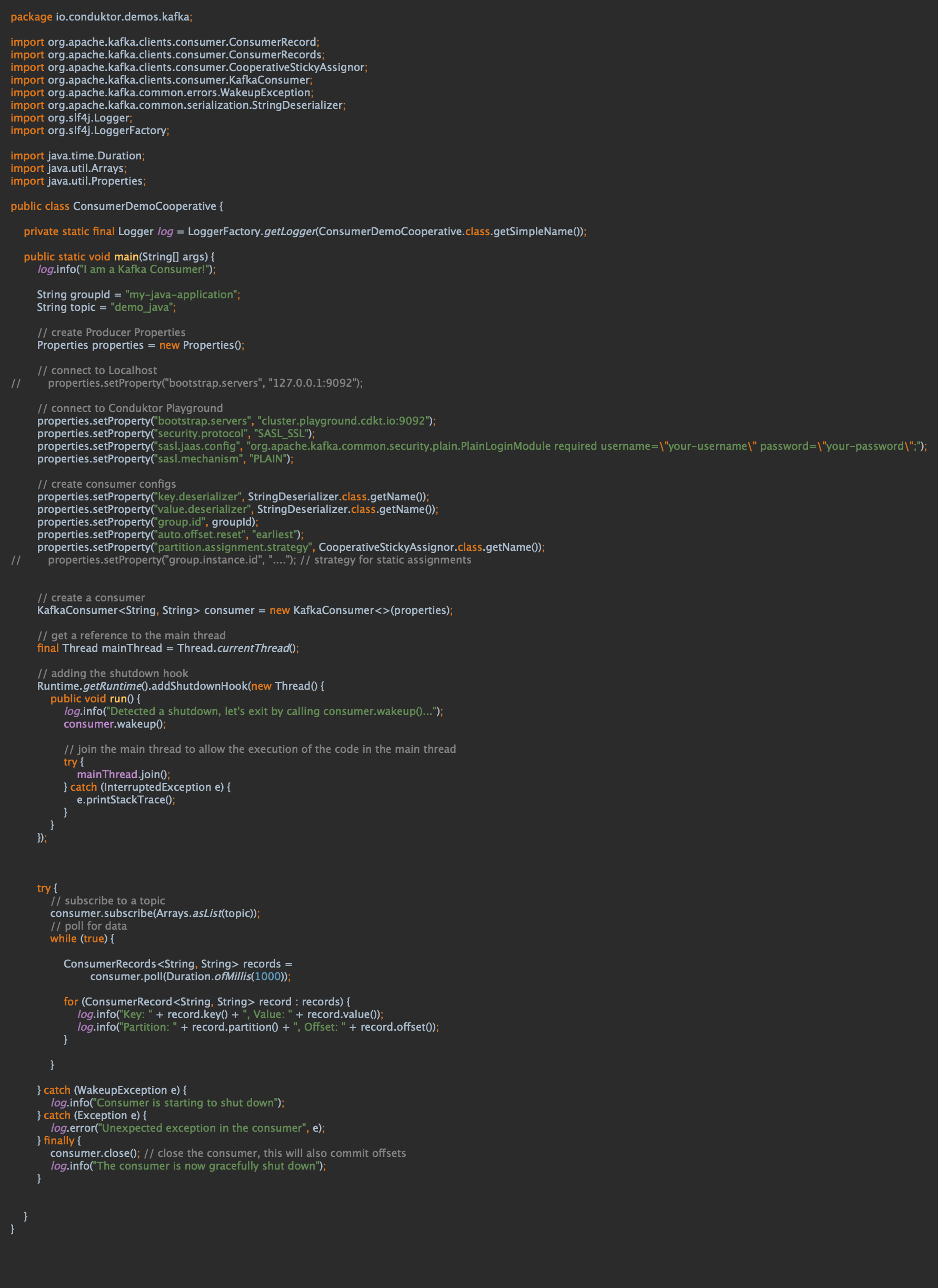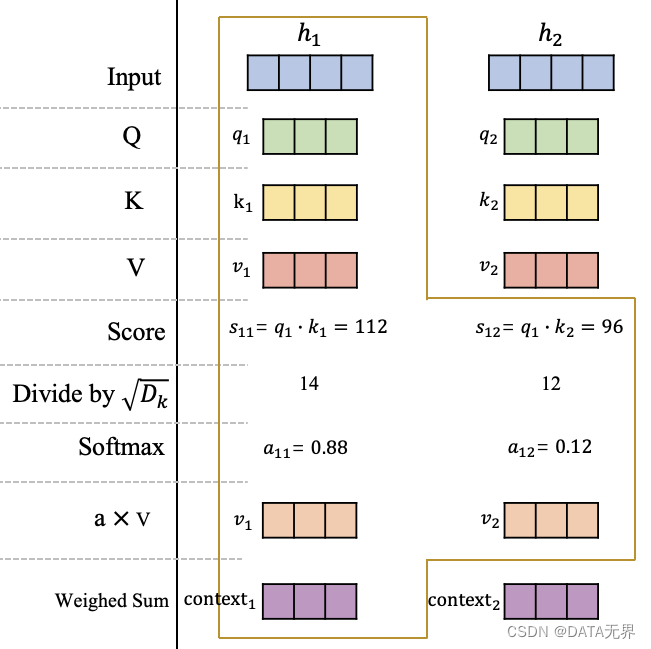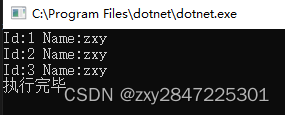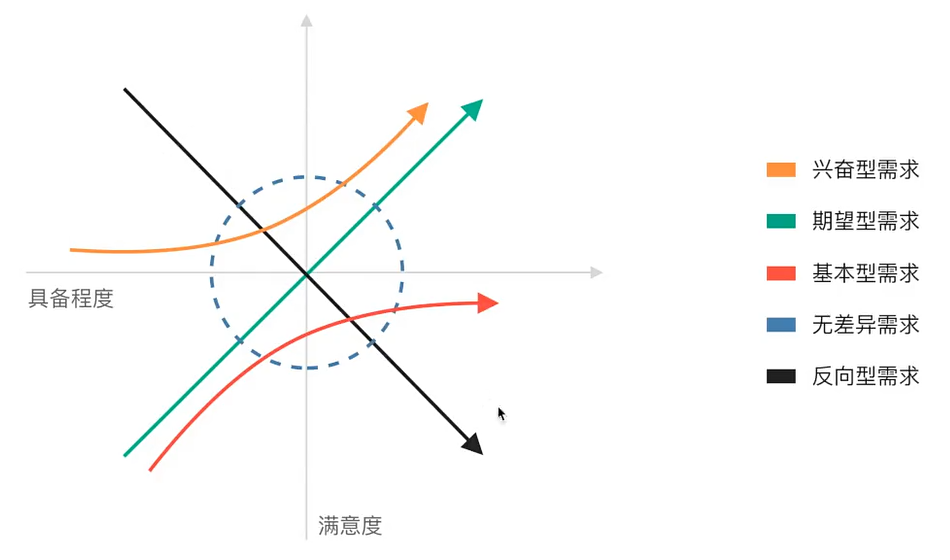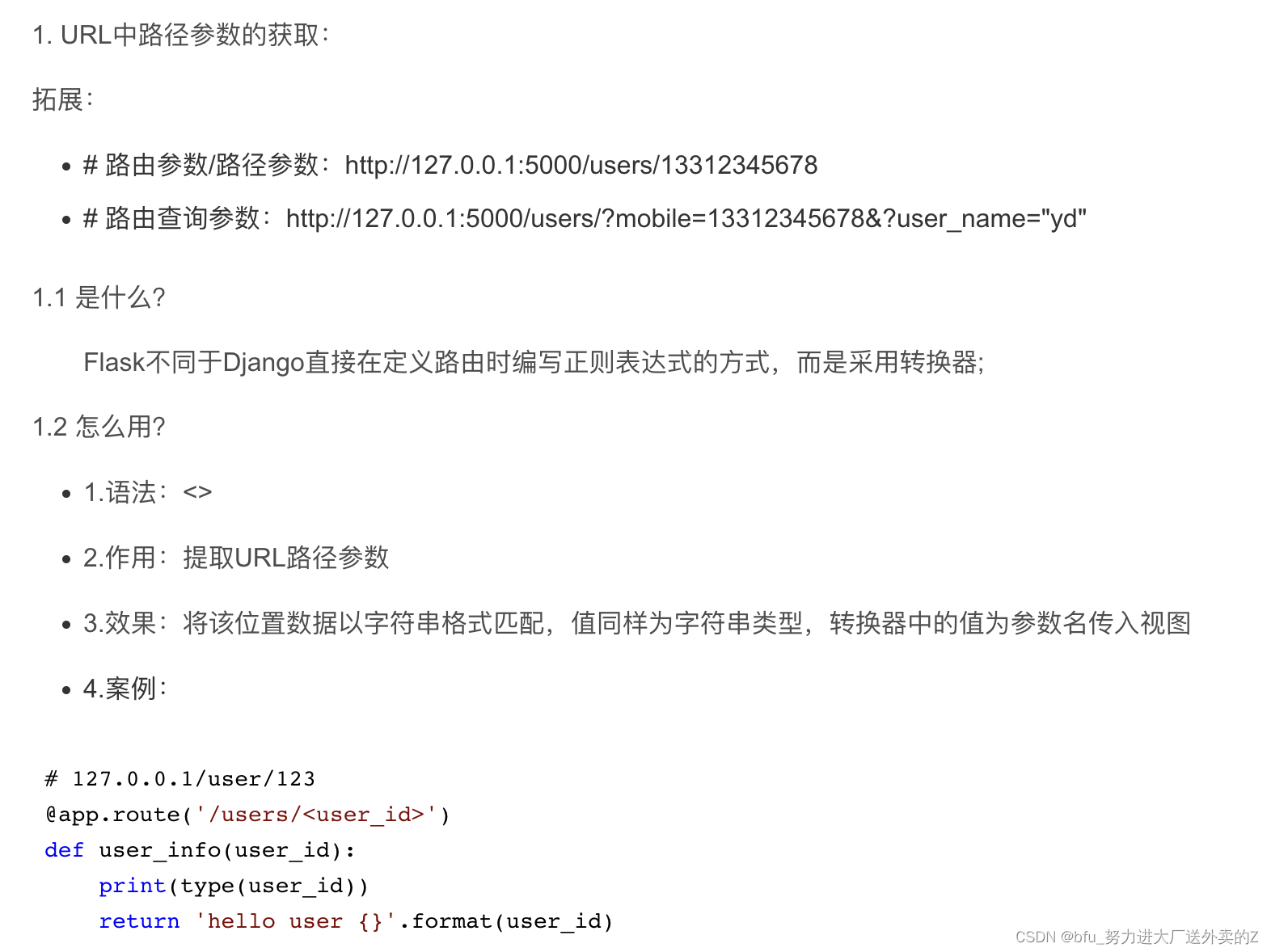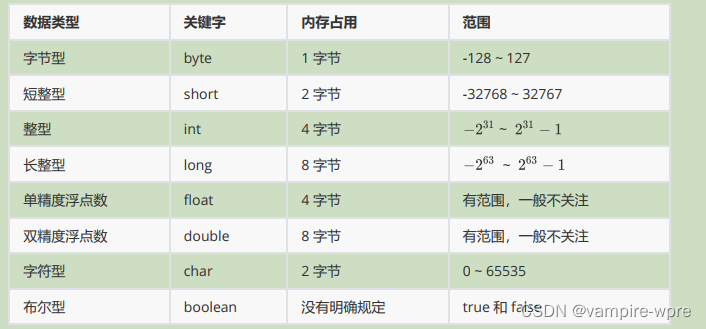用Python和 Cryptography库给你的文件加密解密
用Python和 Cryptography库给你的文件加把安全锁。
先介绍与加密解密有关的几个基本概念。
加密(Encryption):加密是将明文转换为密文的过程,使得未经授权的人无法读懂。
解密(Decryption):解密是将密文转换为明文的过程,使得原始信息可以被正确的人阅读。
密钥(Key):密钥是加密和解密过程中的关键。它可以是单个数字、字符串或者是更复杂的密钥对象。
算法:算法是加密和解密过程中的具体步骤。
cryptography是一个强大的Python库,提供了一套丰富的加密相关的操作,用于安全地处理数据。它旨在提供简单易用的加密方法,同时也支持更高级的加密需求,使这项技术变得易于使用。cryptography库包含两个主要的高级组件:Fernet(对称加密)和hazmat(危险材料层)。
主要特点
易用性:cryptography库的设计初衷是易于使用,尽量减少安全漏洞的出现。
安全性:它提供了最新的加密算法,并且经过安全专家的审查。
灵活性:对于需要直接访问加密算法的高级用户,cryptography提供了hazmat模块。
主要组件
Fernet:提供了对称加密的实现,非常适合用于加密和解密可以安全共享密钥的场景。使用Fernet非常简单,只需要一个密钥就可以进行安全的数据加密和解密。
hazmat(Hazardous Materials):这个模块提供了底层加密原语(如块密码、消息摘要算法等)。它是为那些需要执行特定加密操作的高级用户设计的,但使用时需要格外小心,因为不当的使用可能导致安全问题。
官方文档https://cryptography.io/en/latest/
在Windows平台上安装cryptography,可在cmd命令行中,输入如下命令:
pip install cryptography
回车,默认情况使用国外线路较慢,我们可以使用国内的镜像网站:
豆瓣:https://pypi.doubanio.com/simple/
清华:https://pypi.tuna.tsinghua.edu.cn/simple
电脑上安装了多个Python版本,你可以为特定版本的Python安装模块(库、包)。例如我的电脑中安装了多个Python版本,要在Python 3.10版本中安装,并使用清华的镜像,cmd命令行中,输入如下命令
py -3.10 -m pip install cryptography -i https://pypi.tuna.tsinghua.edu.cn/simple
简单示例:使用Fernet进行数据加密和解密源码:
from cryptography.fernet import Fernet# 生成密钥
key = Fernet.generate_key()
cipher_suite = Fernet(key)# 加密数据
data = b"Hello, cryptography!"
encrypted_data = cipher_suite.encrypt(data)
print(f"Encrypted: {encrypted_data}")# 解密数据
decrypted_data = cipher_suite.decrypt(encrypted_data)
print(f"Decrypted: {decrypted_data}")
运行效果:
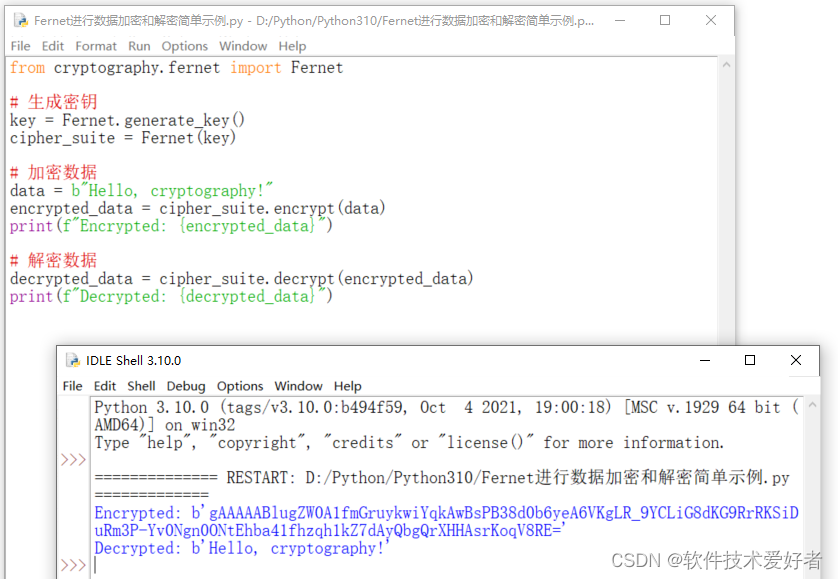
图形用户界面的文件加密解密程序
使用tkinter添加界面的加密解密程序,当用户点击“加密文件”或“解密文件”按钮时,程序会从这个文本框中获取密钥,并使用它进行相应的加密或解密操作。加密和解密的文件将会被保存在与原文件相同的目录下,加密文件的文件名在原图片文件名前添加enc_,解密文件的文件名在原加密图片文件名前添加dec_
先给出运行效果:
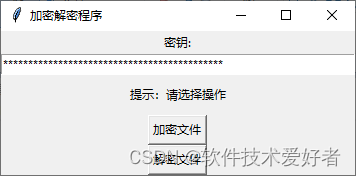
源码如下:
import tkinter as tk
from tkinter import filedialog
from cryptography.fernet import Fernet
import osdef encrypt(filename, key, status_label):try:f = Fernet(key.encode()) # 将密钥从字符串转换为字节with open(filename, "rb") as file:file_data = file.read()encrypted_data = f.encrypt(file_data)dir_name, base_filename = os.path.split(filename)# 分离目录和文件名encrypted_filename = f"enc_{base_filename}"# 将加密文件保存在原始目录中encrypted_file_path = os.path.join(dir_name, encrypted_filename)with open(encrypted_file_path, "wb") as file:file.write(encrypted_data)status_label.config(text=f"提示:文件已加密:{encrypted_filename}")except Exception as e:status_label.config(text=f"提示:加密失败: {str(e)}")def decrypt(filename, key, status_label):try:f = Fernet(key.encode()) # 将密钥从字符串转换为字节with open(filename, "rb") as file:encrypted_data = file.read()decrypted_data = f.decrypt(encrypted_data)# 分离目录和文件名dir_name, base_filename = os.path.split(filename)decrypted_filename = f"dec_{base_filename}"# 将解密文件保存在原始目录中decrypted_file_path = os.path.join(dir_name, decrypted_filename)with open(decrypted_file_path, "wb") as file:file.write(decrypted_data)status_label.config(text=f"提示:文件已解密:{decrypted_filename}")except Exception as e:status_label.config(text=f"提示:解密失败: {str(e)}")# 创建GUI界面
def select_file(operation, key_entry, status_label):key = key_entry.get() # 从文本框获取密钥if not key:status_label.config(text="提示:操作失败:未输入密钥")returnfile_path = filedialog.askopenfilename()if file_path: # 如果file_path不是空字符串if operation == 'encrypt':encrypt(file_path, key, status_label)elif operation == 'decrypt':decrypt(file_path, key, status_label)else:status_label.config(text="提示:没有选择文件")def main():root = tk.Tk()root.title("加密解密程序")tk.Label(root, text="密钥:").pack()key_entry = tk.Entry(root, show='*', width=50) # 密钥输入框key_entry.insert(0, 'X3Q8PvDs2EzKHK-8TjgUE8HkZ8QeuOe0S7-3VVqjTDI=') # 设置默认值 key_entry.pack()status_label = tk.Label(root, text="提示:请选择操作", height=2)status_label.pack()tk.Button(root, text="加密文件", command=lambda: select_file('encrypt', key_entry, status_label)).pack()tk.Button(root, text="解密文件", command=lambda: select_file('decrypt', key_entry, status_label)).pack()root.mainloop()if __name__ == "__main__":main()
cryptography库提供了许多高级功能,提供了多种密码学算法,包括对称加密、非对称加密、哈希函数、签名、密钥管理等等。支持多种加密标准,包括AES、DES、RSA、SSL/TLS等等,同时也提供了许多密码学工具,如密码学随机数生成器、PBKDF2函数、密码学算法器等等。关于这些详情请阅读相关文档,在此仅举以下是一个简单的例子,展示了如何生成RSA密钥对、使用公钥进行加密以及使用私钥进行解密,源码如下:
from cryptography.hazmat.backends import default_backend
from cryptography.hazmat.primitives.asymmetric import rsa
from cryptography.hazmat.primitives import serialization
from cryptography.hazmat.primitives.asymmetric import padding
from cryptography.hazmat.primitives import hashes# 生成RSA密钥对
private_key = rsa.generate_private_key(public_exponent=65537,key_size=2048,backend=default_backend()
)
public_key = private_key.public_key()# 将私钥序列化并保存到文件
with open("private_key.pem", "wb") as f:f.write(private_key.private_bytes(encoding=serialization.Encoding.PEM,format=serialization.PrivateFormat.PKCS8,encryption_algorithm=serialization.NoEncryption()))# 将公钥序列化并保存到文件
with open("public_key.pem", "wb") as f:f.write(public_key.public_bytes(encoding=serialization.Encoding.PEM,format=serialization.PublicFormat.SubjectPublicKeyInfo))# 读取公钥进行加密
with open("public_key.pem", "rb") as f:public_key = serialization.load_pem_public_key(f.read(),backend=default_backend())message = "Hello, RSA Cryptography!".encode()
encrypted = public_key.encrypt(message,padding.OAEP(mgf=padding.MGF1(algorithm=hashes.SHA256()),algorithm=hashes.SHA256(),label=None)
)# 读取私钥进行解密
with open("private_key.pem", "rb") as f:private_key = serialization.load_pem_private_key(f.read(),password=None,backend=default_backend())original_message = private_key.decrypt(encrypted,padding.OAEP(mgf=padding.MGF1(algorithm=hashes.SHA256()),algorithm=hashes.SHA256(),label=None)
)# 显示解密后的消息
print(original_message.decode())
这个例子首先生成了一个2048位的RSA密钥对,将私钥保存到private_key.pem文件中,将公钥保存到public_key.pem文件中。接下来,代码从public_key.pem文件中读取公钥用于加密消息,从private_key.pem文件中读取私钥用于解密消息。最后,使用公钥对一段消息进行加密,然后使用私钥将消息解密。padding.OAEP是一种常用的填充方式,与SHA-256哈希算法一起使用,以确保加密过程的安全性。
OK!


